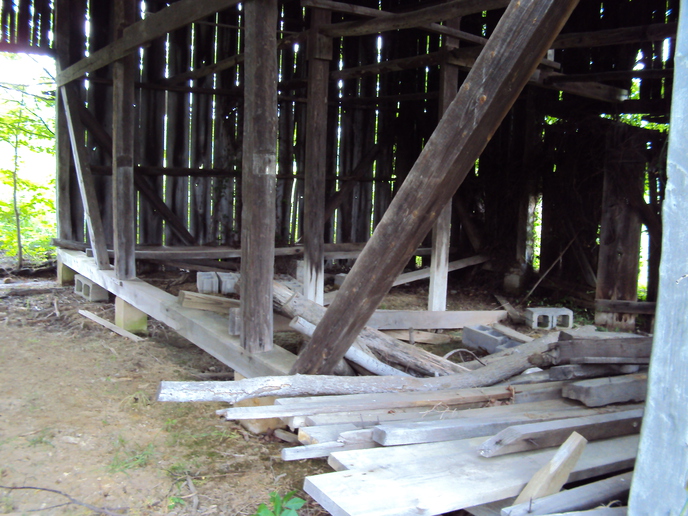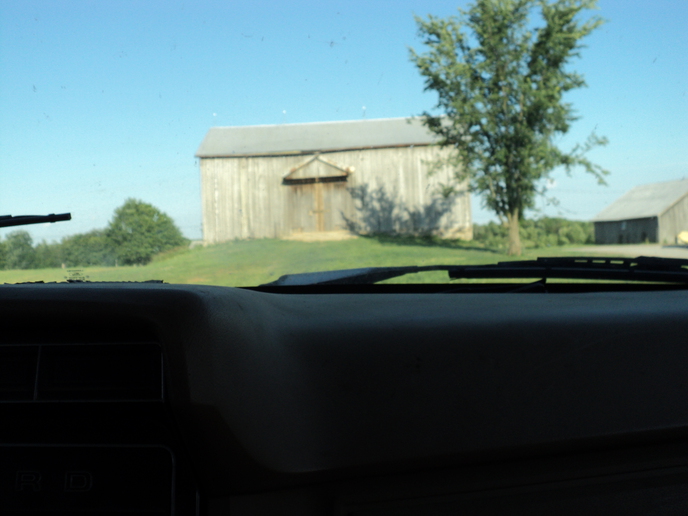My Uncle built several large barns for tobacco. My grandfather planted oaks to cut for the outside boards.
The inside posts and tier poles - what type of wood was used for those? 60 to 90 years later, the posts and tier poles are almost as good as new. Eventually I would like to have a small barn built - but would also like to know so I can pass the knowledge on.

The inside posts and tier poles - what type of wood was used for those? 60 to 90 years later, the posts and tier poles are almost as good as new. Eventually I would like to have a small barn built - but would also like to know so I can pass the knowledge on.



